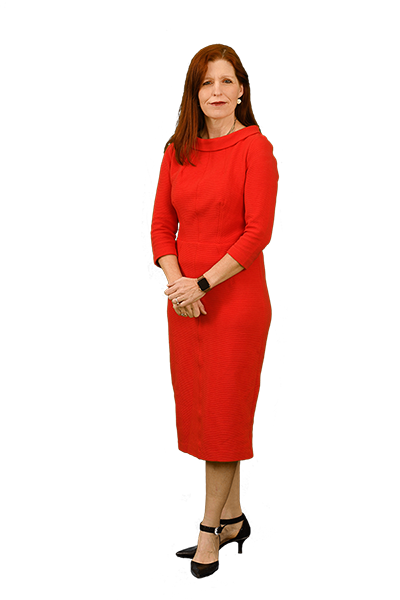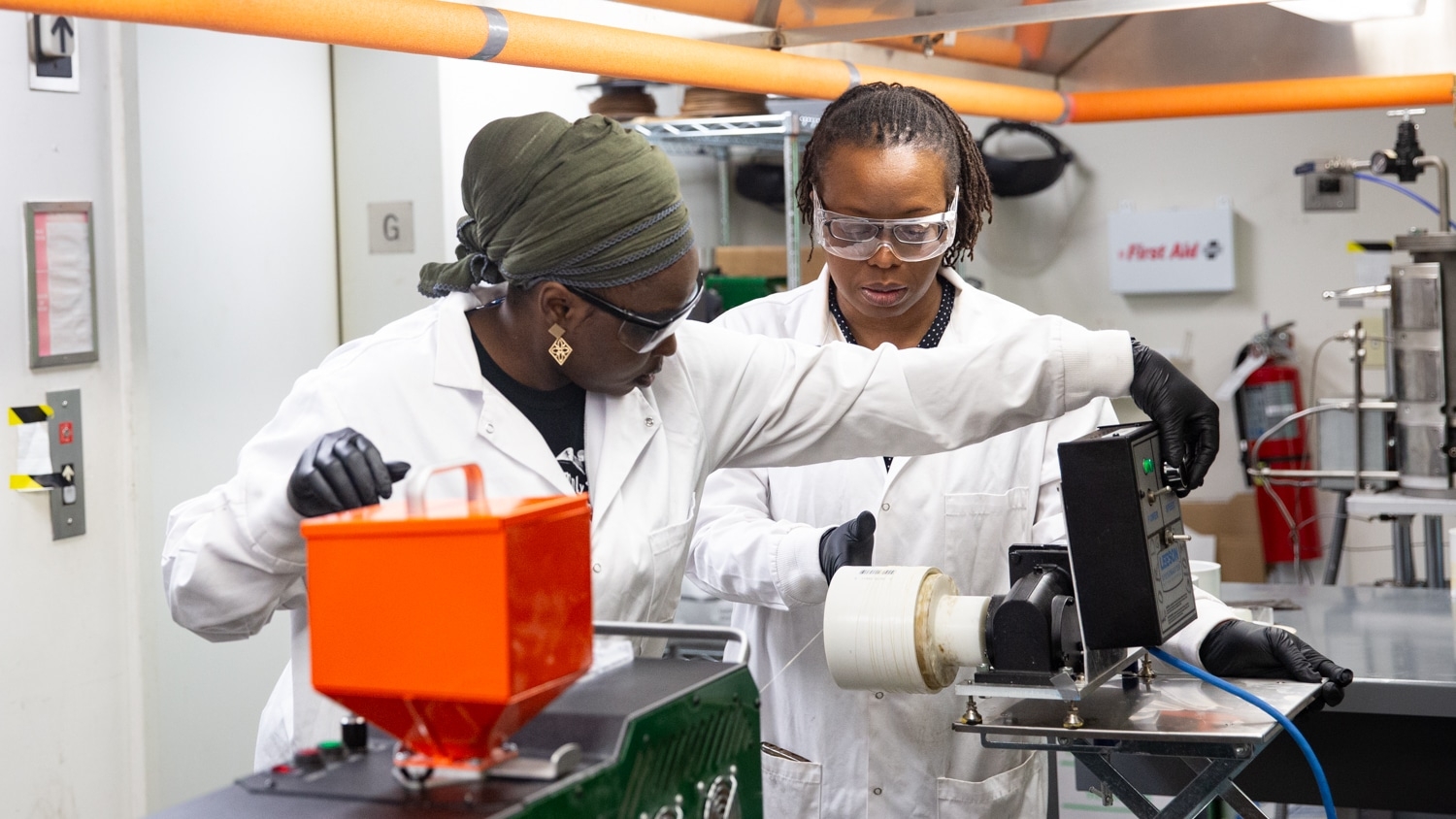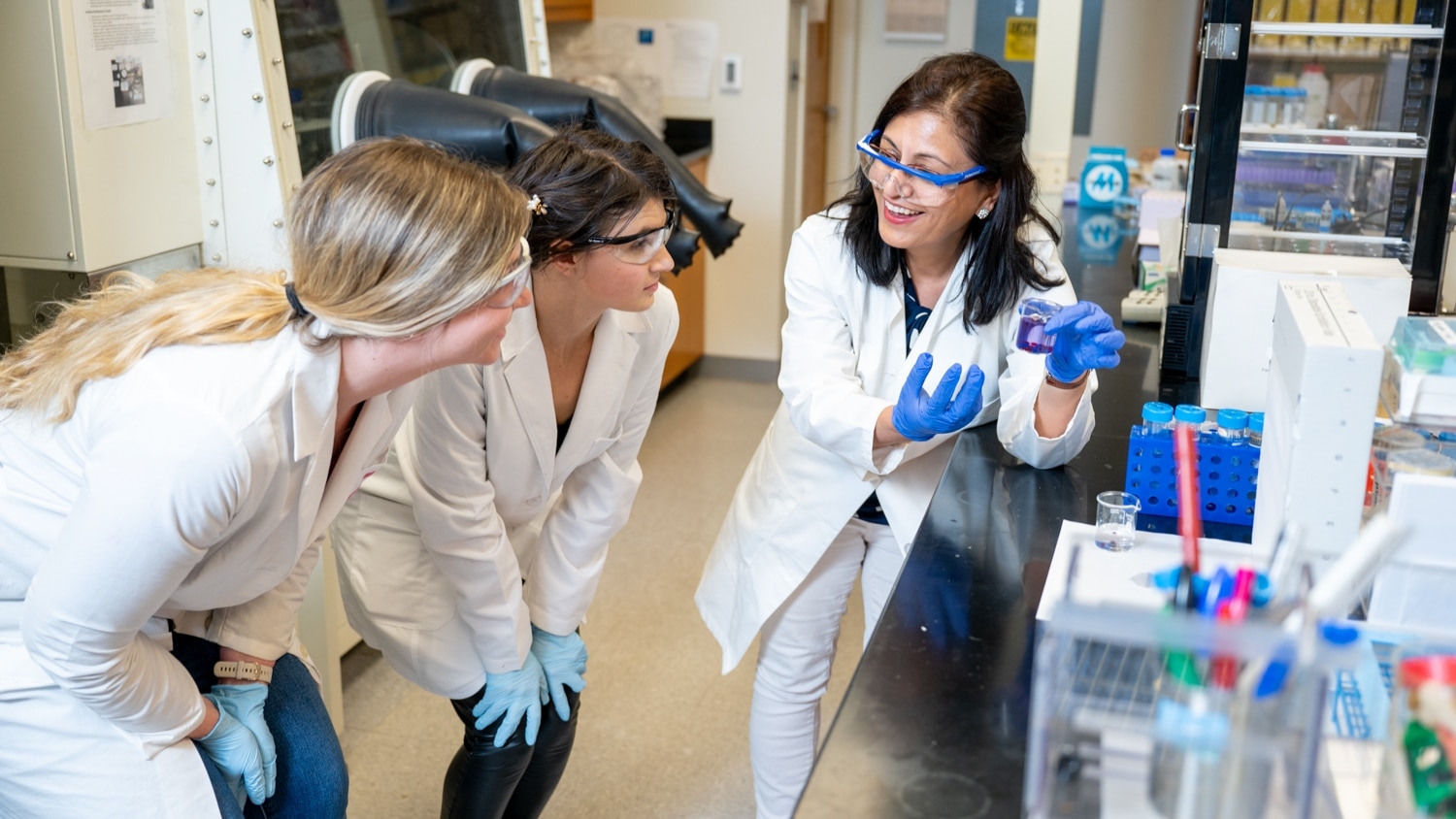Questions for Julie Swann
 Julie Swann, head of the Edward P. Fitts Department of Industrial and Systems Engineering, is an expert on supply chains and pandemics and has provided guidance on COVID-19 vaccine distribution.
Julie Swann, head of the Edward P. Fitts Department of Industrial and Systems Engineering, is an expert on supply chains and pandemics and has provided guidance on COVID-19 vaccine distribution.
What has affected the speed of the vaccine rollout?
This is a complex undertaking, and in many ways, the most challenging part is the last mile. In recent weeks the rollout has sped up as much greater supply is available, initial populations with high demand became eligible for the vaccine, and health jurisdictions and their partners worked through the details of administering a large number of vaccines quickly.
What logistical challenges have already been overcome, and what still needs to be improved?
Health departments and providers have figured out the infrastructure needed to keep the vaccine at the required cold temperatures to ensure it remains safe and effective. Providers have also been working through operational challenges to schedule vaccine appointments, including mechanisms for people with less technology. We’ve seen some challenges in ensuring that the vaccine is available and accessible to all populations. North Carolina has put in place some practices that have increased equity in the coverage of the vaccine and has also demonstrated success with large vaccination events. There is starting to be an increased and more predictable supply, which helps health departments and providers in planning their operations. It is easier to ensure a supply chain is efficient, effective and equitable when there is data available to help with decision-making and reporting; data systems are an area of continuous improvement.
What has gone into determining vaccine phases?
There has been a lot of guidance at the federal level about vaccine phases and prioritization over summer and fall 2020. Some of the guidance also changed the priorities in 2021, including focus on populations 65 and over earlier than previously planned. Ultimately, the goals are to prevent deaths, reduce hospitalizations, ensure that society can continue to function and reduce inequities.
There are currently three approved vaccines in the U.S. — should people take whichever is available to them?
All of the approved vaccines are highly effective at preventing severe disease and deaths. The vaccine trials were done at different places and times before some of the new strains had become dominant, so it is difficult to compare exactly across all the vaccines. I would absolutely take any of the approved vaccines that are offered to me, and I would encourage others to do the same (consulting with their physicians for any special cases).
Is there a timeline for when life in the U.S. will be able to “return to normal”?
A lot will depend on whether the pace of vaccine administration stays the same, which at this point is dependent on demand and reducing barriers to access the vaccine. If the pace from the end of March is maintained, then 70 percent of the entire U.S. could have at least one dose by mid-June. However, we may find it difficult to achieve high uptake everywhere. Any individual who is unprotected will continue to be at risk even after we reach a high level of overall vaccination. It would be a mistake to lift measures like wearing masks and reduced gatherings especially given the new strains. In considering my actions, I think about risks to myself, my overall household, my friends and family, and to the overall community, based on the level of protection in each of those groups.
Return to contents or download the Spring / Summer 2021 NC State Engineering magazine (PDF, 52.0 MB).
- Categories:


